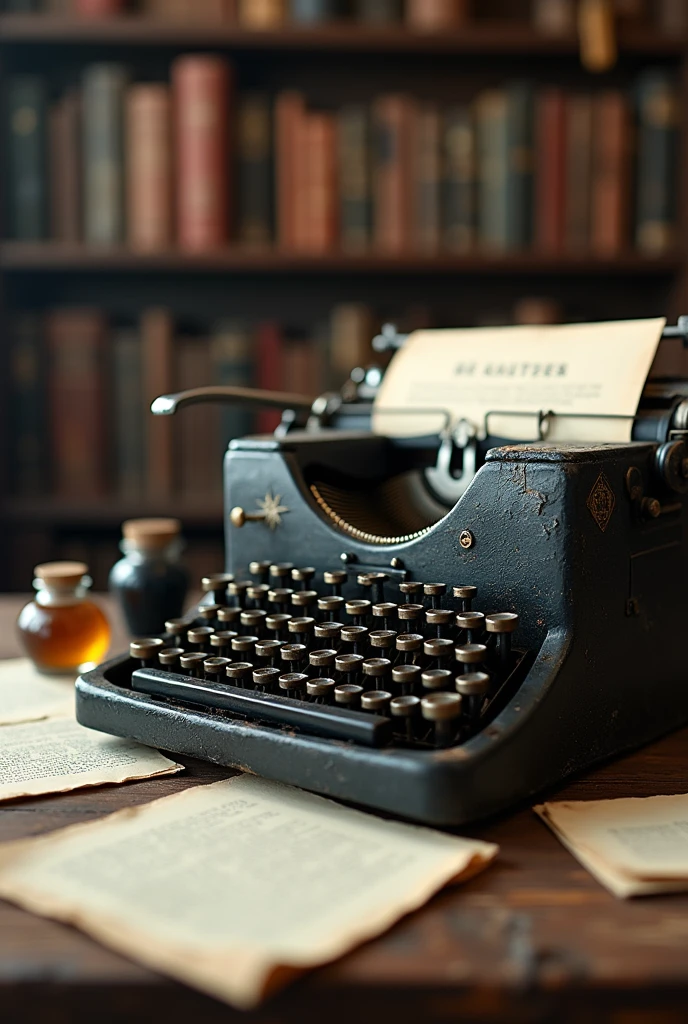When discussing creativity and originality in AI art within SeaArt, it is crucial to examine how AI algorithms blend existing visual data to create something that appears "new" but actually relies on previous inputs.
The capacity of the model to reinterpret massive volumes of data and generate visuals that correspond to user-supplied instructions is the source of creativity in SeaArt, as it is in other generative AI systems.
This feature opens up the creative process to those who aren't artists by letting them play around with different styles, colors, and themes in ways that only trained artists could.
In order to generate results, SeaArt's AI uses massive datasets.
Because of this reliance, we question whether the generated art is truly unique or merely a mashup of existing pieces.
There are a number of tools available to users, such as an "AI Text to Image Generator" and an "AI Model Training," that promote more personalization.
These tools enable artists to guide AI in creating new works, while also incorporating their own unique ideas.
This collaborative approach to creation aims to make AI an asset, not a replacement, for human vision.
The data SeaArt uses constrains its artificial intelligence art, despite its uniqueness.
AI critics argue that its creations lack the emotional and experiential depth of human artists, instead relying on learned patterns. But with SeaArt's features like model customization, artists may add their own creative touches, turning their work into a representation of their vision alongside the AI's skills.
Working together, we bring a fresh perspective on innovation, one that integrates human intent with AI.
In conclusion, SeaArt gives users new tools to express themselves creatively while enabling a creative process based on current data.


